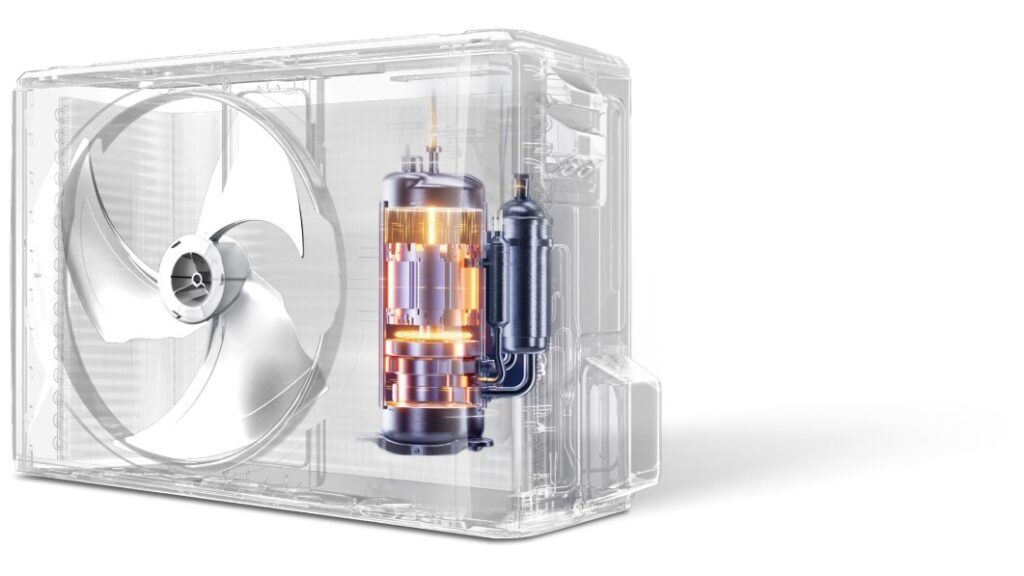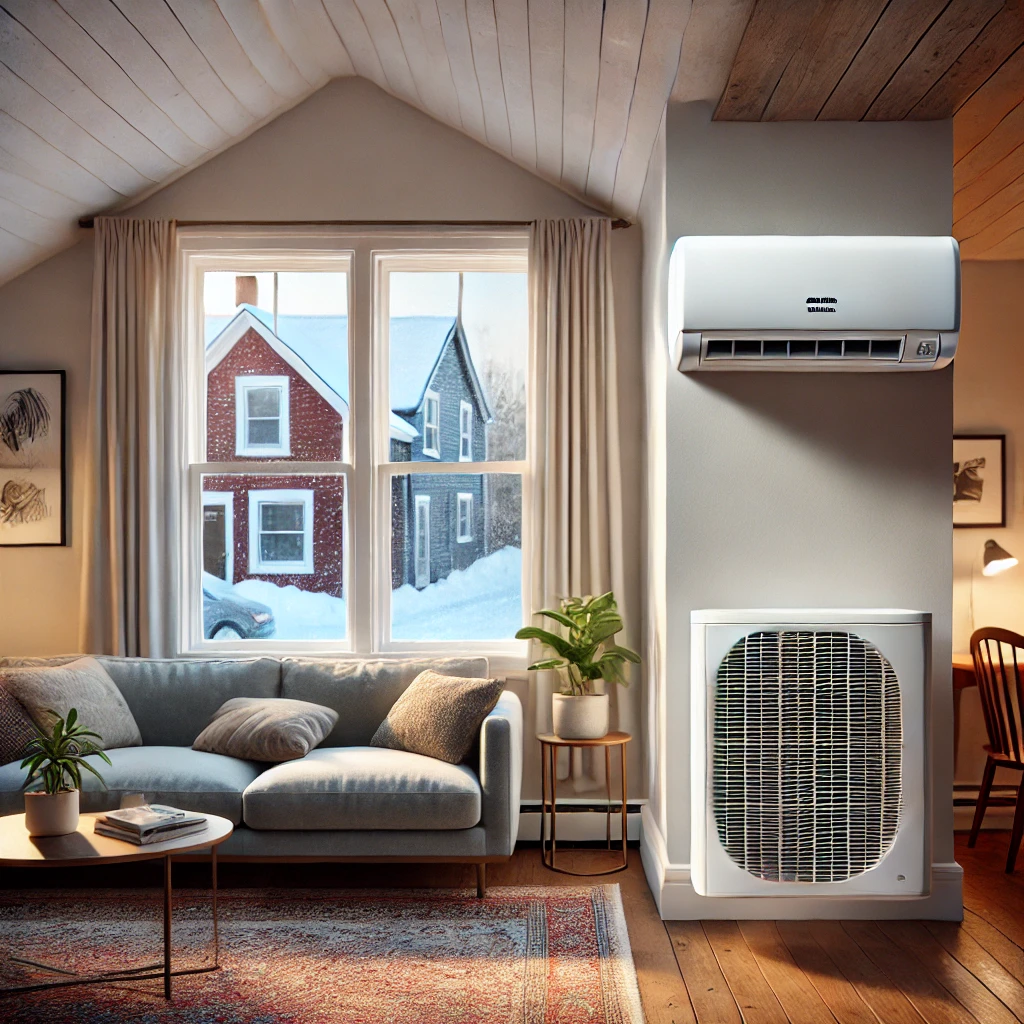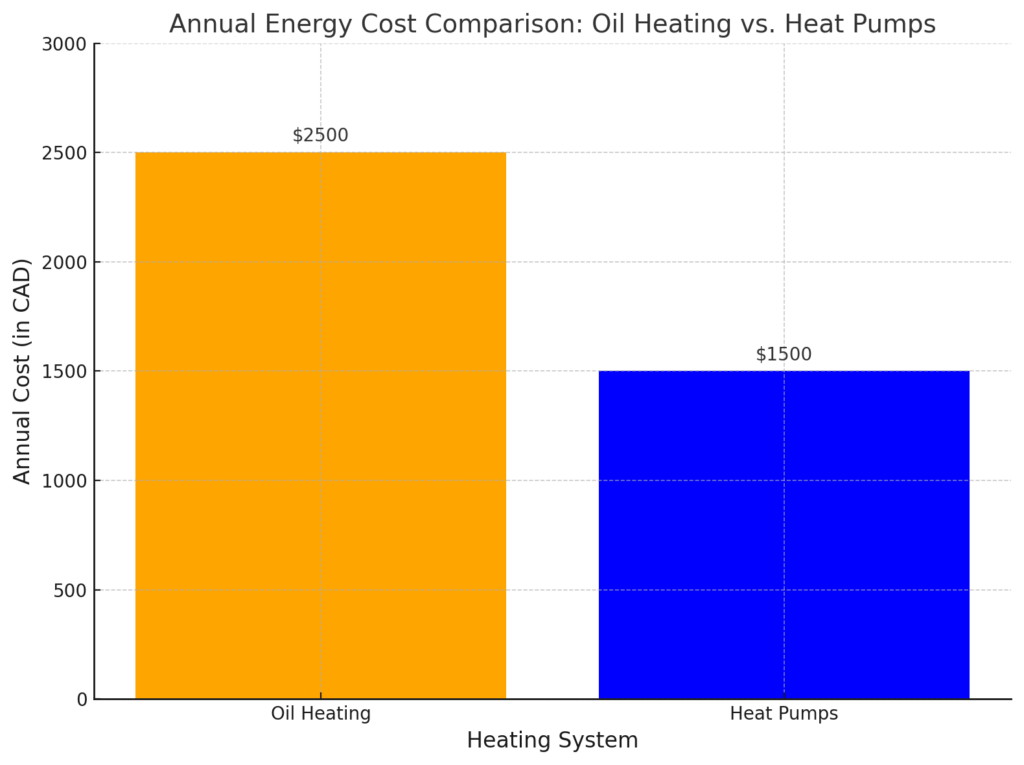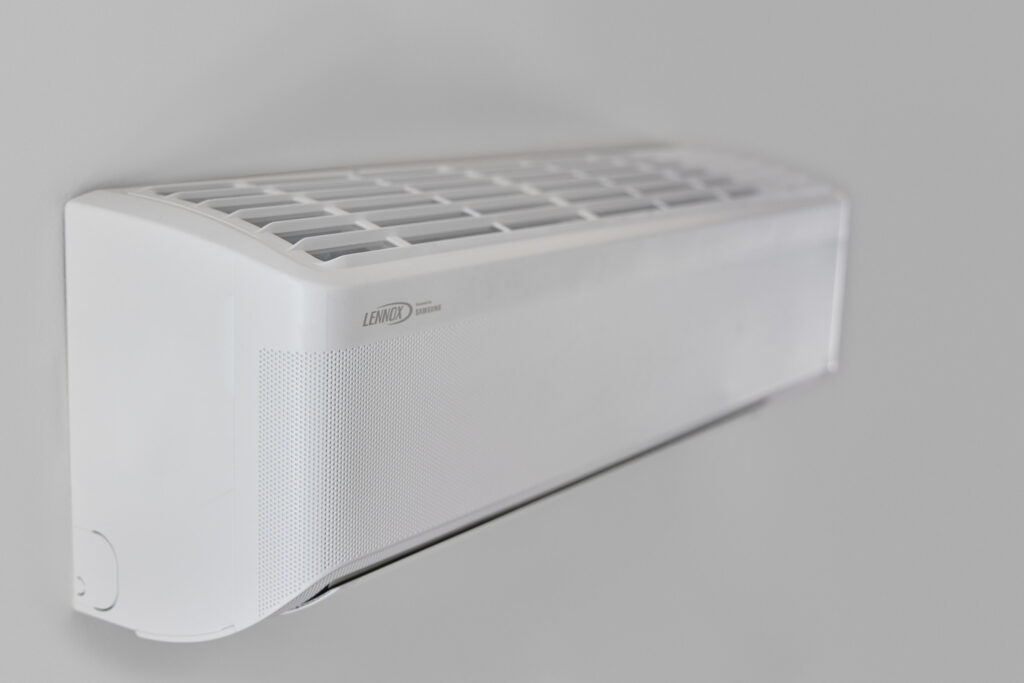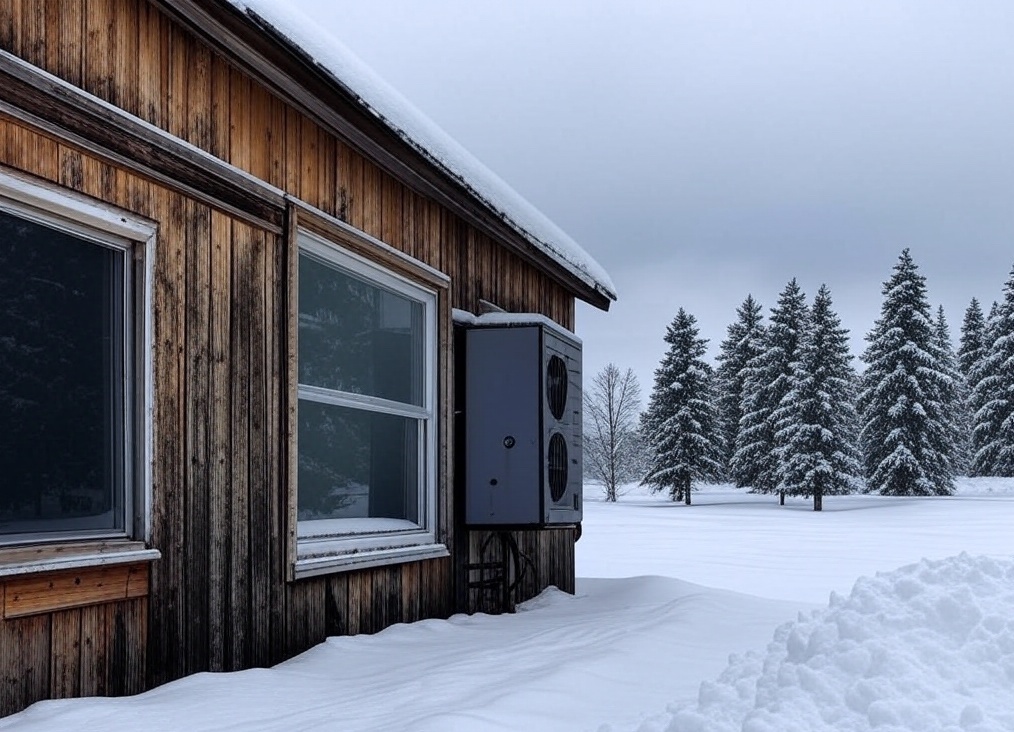So just here is the mini-split market in Canada headed?
Recent data highlights their growing adoption, driven by urbanization, policy support, and advancements in technology.
Mini-split systems, a type of ductless heating and cooling technology, are gaining traction in Canada as energy-efficient alternatives to traditional HVAC systems. These systems, which include heat pumps and air conditioners, allow for zoned temperature control and are particularly suited to Canada’s diverse climate needs…especially here in Newfoundland where I live.
Market Trends in Canada
- Growth Projections :
- The Canadian HVAC market, including mini-splits, is projected to grow from 3.38 million units in 2025 to 4.05 million units by 2030 , at a 3.68% CAGR.
- Mini-split systems dominate the split-system market, holding 89% of the global share in 2024, with Canada contributing significantly due to rising demand for energy-efficient solutions.
- Residential Demand :
- In regions like the Maritimes, mini-split heat pumps have seen rapid adoption since 2015, addressing energy poverty by reducing reliance on costly heating fuels.
- Urbanization and Efficiency :
- Urban centres such as Toronto and Vancouver are key markets, as space constraints and sustainability goals drive demand for compact, ductless systems.
Challenges Facing Adoption
High Initial Costs :
Despite long-term savings, upfront installation costs remain a barrier. The North American mini-split market cites this as a key challenge, though Canadian rebates (e.g., the Canada Greener Homes Grant ) help offset expenses.
Equipment Sizing Limitations :
Standardized equipment sizes may not align with unique Canadian home layouts, requiring customized solutions for optimal efficiency.


